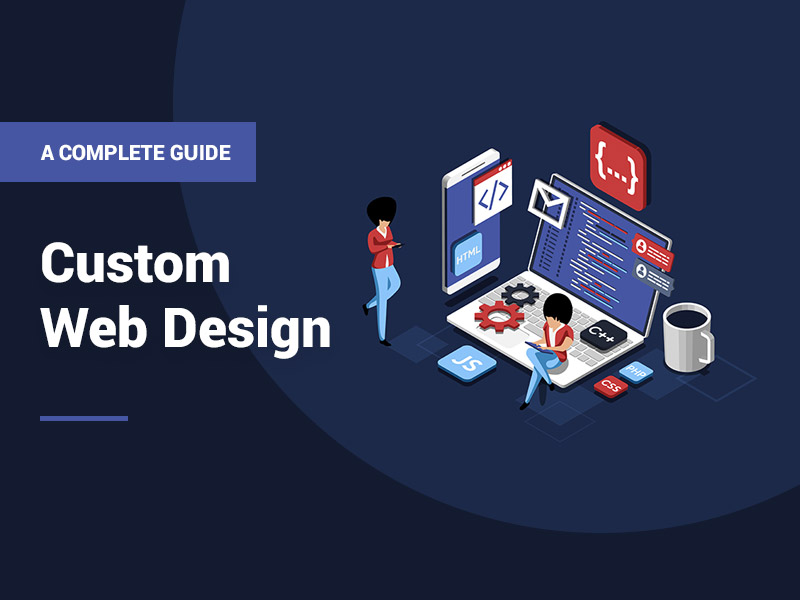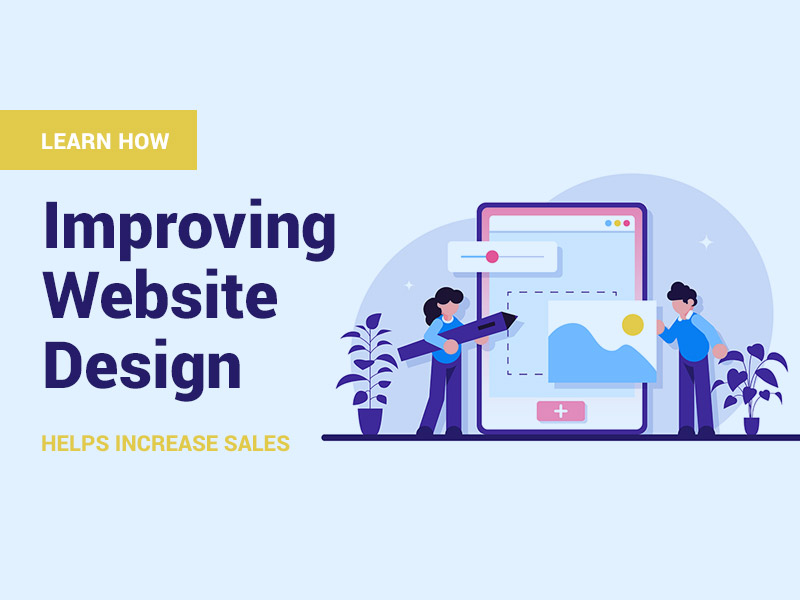Good web design isn’t just about how a website looks. It’s also about how it works. Website design is a tricky balance between form and function, but you can design a good website with the proper support and information. If your website leaves visitors confused, bored, or both, it’s time to check your principles. These six principles of good web design will help you create websites that are more user-friendly and engaging than ever before.
User Experience (UX)
Website visitors can abandon your website at any moment if they aren’t given an incentive to stay. The way you present content sets the tone for the entire browsing experience. Remember that your visitors aren’t just looking for information on your site; they’re looking for an experience. It’s up to you to provide an engaging experience that keeps visitors on your website as long as possible. Here are a few things to keep in mind as you’re designing your website:
- Make navigation intuitive: Your navigation bar should be easy to find, easy to use, and easy to understand, no matter where a visitor is on your website
- Keep your content consistent: Visitors should be able to recognize your content, regardless of where they’re browsing
- Keep it engaging: The longer your visitors stay on your website, the more likely they will remember your brand
Communication
The most important thing to consider in web design is whether or not your message is coming across as you intended. The level of clarity in your communication is directly connected to the success of your website. Some questions to ask yourself regarding how effective your communication is, include:
- Are you using the appropriate type of content for the platform?
- Are you using the right tone of voice?
- Are you speaking in an easily understood language, visually and verbally?
- Are you properly serving your audience?
Keep things straightforward so that everyone can understand your message.
Responsive Design
Responsive design is what you do when you aren’t sure where your audience is coming from. It allows users to access your site comfortably, using multiple devices, and caters to a general rather than a specific group of people. In an age where more people are browsing the internet from various devices, you’re better off designing a website that can cater to the needs of many.
Navigation and Layering
Your site’s navigation should be obvious and straightforward. Visitors should know where they are on your page, where they are going, and how to get back to where they were before or move to a different page.
One way to optimize navigation is by separating navigation from content. You want visitors to quickly find what they’re looking for without jumping through hoops. You also want to ensure that your navigation bar is placed in an area where visitors will see it as soon as they land on your website.
Color
Color is used to draw attention and unify design elements. You can also use color to evoke emotions from your visitors. While colors can have remarkable effects when used properly, they can also be overwhelming if misused. The key is to understand the message you’re trying to send clearly:
- Are you trying to draw attention to a specific element?
- Are you trying to unify your design?
- Are you trying to evoke a specific emotion?
For instance, complementary schemes use two contrasting colors, such as blue and orange. This color scheme will draw attention to your most important element when used correctly. Analogous schemes use two colors next to each other on the color wheel, such as blue and green. When used correctly, this color scheme will unify your design.
Typography
Remember that everything you type on your website should have a purpose. It should either draw attention to an element or unify your design. Ensure that the font you’re using fits your brand, as it will help visitors connect your brand with your website.
The best way to stand out online is to create a site visitors will remember. If your website is challenging to navigate, cluttered, or visually unappealing, no one will likely remember it. By following these principles, you’ll be able to create a memorable site that will rank higher on search engines and will have high traffic. There are tons of resources that can guide you on your web design journey. You can also seek professional help to get the most out of your website.







